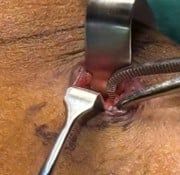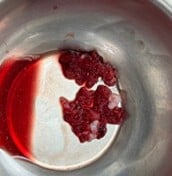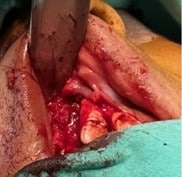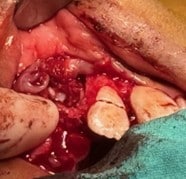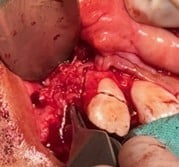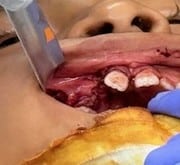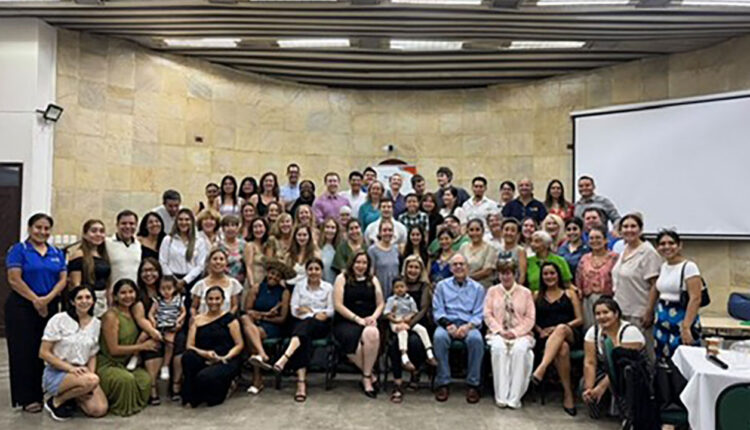
Volunteer Dental Team Transforms Cleft Lip and Palate Care in Bolivia
A dedicated team of dental professionals recently traveled to Bolivia, transforming the lives of 38 children with cleft lip and palate through vital surgical procedures. The mission combined expert care with hands-on education, ensuring lasting impact for patients and local healthcare providers alike.
As a first-time volunteer orthodontic educator at the 12th annual ROTAFELIZ project, I must admit experiencing some trepidation. The trip was to treat infants and children who were born with cleft lip/cleft palate in a public hospital in Santa Cruz, Bolivia. I had certainly, over the past 40 years in orthodontics, treated many children with cleft lip and cleft palate. However, never had I seen as many patients in one place at one time with untreated cleft lips/cleft palates.
The crowd sat patiently outside of the main hospital entrance in orderly rows of folding chairs, When the surgical team arrived at 8:00 am, the crowd erupted into spontaneous applause until the last surgical team member had entered the hospital. I can honestly say that it was one of the most touching moments of my 45 years in dentistry and orthodontics.
On the first day of the mission, patients were screened by a dedicated team of oral health professionals, including local Bolivian and United States oral and maxillofacial surgeons, residents, myself as the orthodontist, and three local Bolivian orthodontists. I had been meeting virtually with the Bolivian orthodontists every 2 weeks in the autumn of 2024 to treatment plan and get the patients ready for naso-alveolar cleft grafting. Thirty-eight patients were selected for surgical procedures the week of the mission.
The team consisted of surgeons and their residents, anesthesiologists, operating room and post-anesthesia care unit nurses, orthodontists, speech-language pathologists, and logistical staff. Two operating rooms were utilized for the next four 12- to 13-hour days.
A fairly common procedure performed during this program was primary palate closure. Releasing incisions are made laterally through the palatal mucosa, flaps reflected, tissue layers are dissected and then the flaps are sutured together along the midline and the lateral incisions are closed as well. Figures 1-3 demonstrate a before, during, and after image of the primary palate closure procedure.



The naso-alveolar cleft grafting prior to eruption of the canine into the cleft area was also done. Teeth in the cleft were extracted so that the autogenous bone graft would integrate with the surrounding bone. The children undergoing this procedure were between the ages of 7 and 10. Typically, a maxillary lateral incisor and occasionally supernumerary teeth in the cleft were extracted. The tibia provided the bone graft material and was harvested at the time of the surgery (Figures 4 to 7).
The bone graft material was grafted into the cleft and future site of the canine and closed. See Figures 8 to 11.
When the week’s work came to an end and patients were seen for their final follow-up before the team’s departure, there was a mix of emotions. The first was a feeling of accomplishment knowing that lives had been changed. The other was of sorrow, knowing what these patients had endured for the entirity of their lives, especially the older children who were aware that they were different than their peers. The last rounds were especially difficult, knowing that we would not be able to see these patients until we return next year. All were asked to make a follow-up visit when the team returns in 2026 but will continue care with a local team in the meantime.
This mission trip was sponsored by the Rotary Club of Vinings/Smyrna, Georgia, in conjunction with the Rotary Club Sirari and Patuju of Santa Cruz, Bolivia, under the auspices of Healing the Children Northeast (HTCNE). This nonprofit organization arranges teams that travel to underserved areas with regards to cleft lip and cleft palate care.
The chapter of HTCNE that traveled to Santa Cruz, Bolivia, is led by Steve Roser, MD, DMD, an oral and maxillofacial surgeon at Emory University in Atlanta. He not only performed surgeries but also taught local oral surgeons and two current residents about the finer points of these types of surgeries.
The surgical team members all shouldered the expense of traveling to Bolivia and donated both surgical supplies as well as blankets and toys for the children who received treatment.
To contact HTCNE about its work, making donations, or volunteering as a team member, please reach out at: 860-355-828 or HTCNE@htcne.org.


